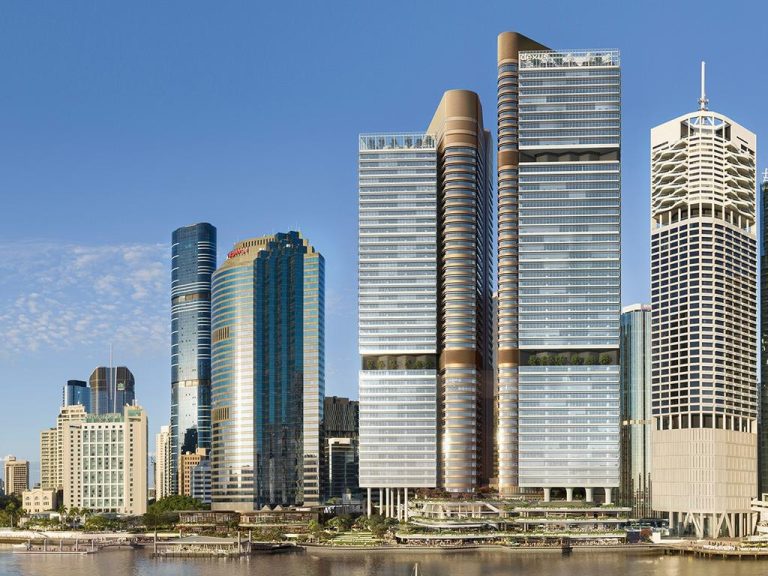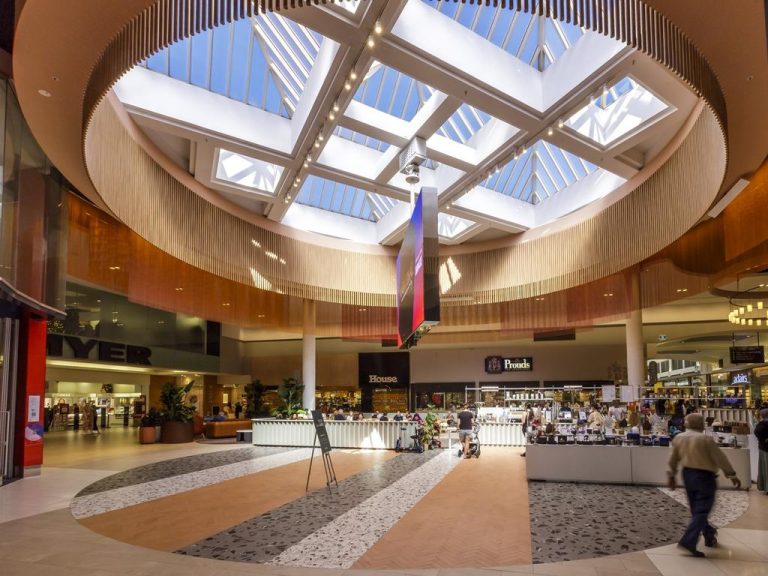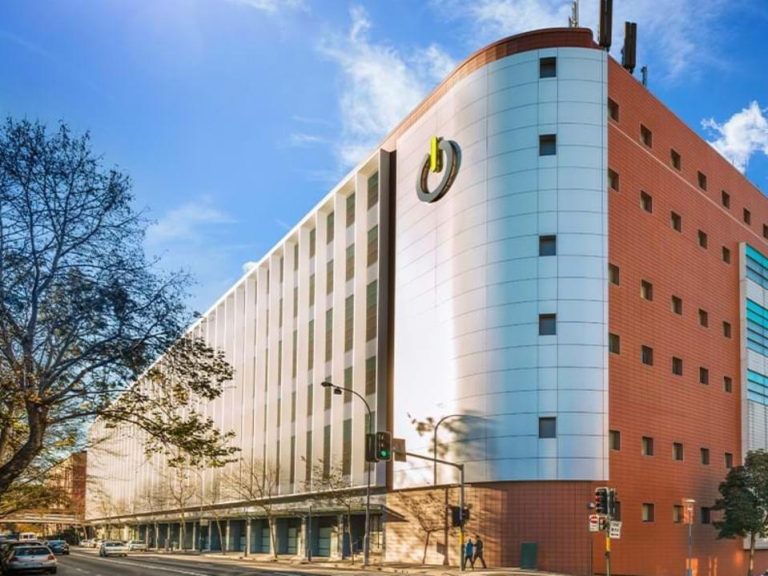Has the industrial property market reached the bottom of the cycle?
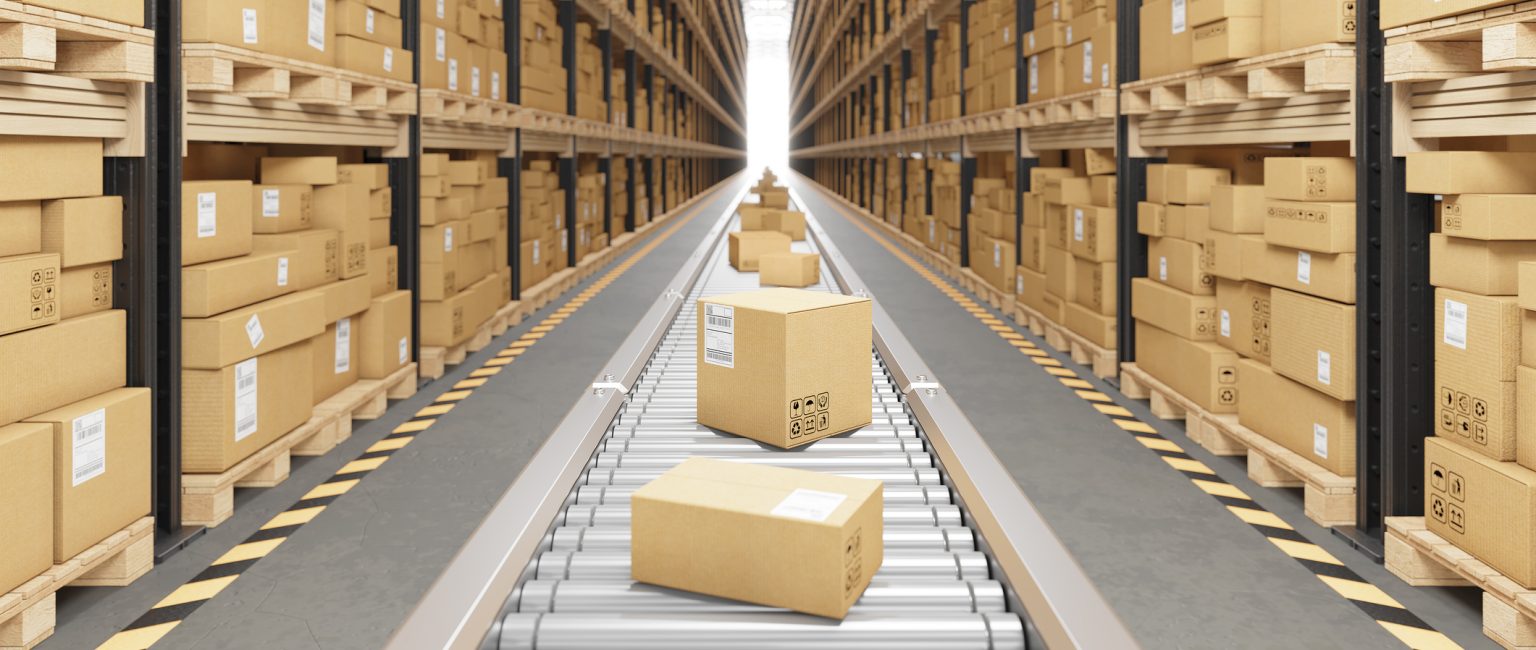
Warehouse investors are starting to open up their wallets again, as interest-rate cuts loom and industrial and logistics property yields stabilise across Australia, experts say.
More than $5 billion was invested into income-producing industrial and logistics real estate nationally during the September quarter, new CBRE figures showed.
Warehouse investment in 2024 to date has already surpassed last year’s total and the long-run average of $6.3 billion, indicating what could be the start of a recovery.
Warehouses, and most other commercial property asset classes, have been weathering an investment downturn amid the higher interest rate environment.
“We’ve seen industrial values readjust over the past two years, and it now looks like they’re close to the bottom of the cycle,” PropTrack senior economist Anne Flaherty said.
“As an investor, you want to buy at the bottom of the market, so investors have been waiting until prices fall and stabilise.
“Those investors who had been holding out until values have fully readjusted might be starting to reemerge.”
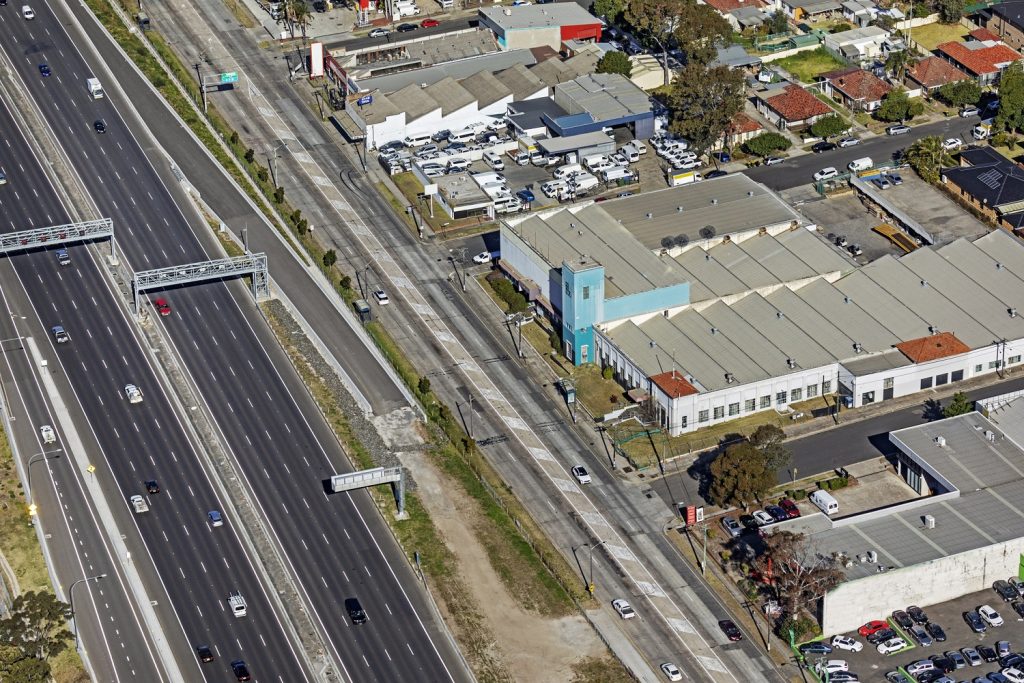
More than $5 billion was invested into income-producing industrial and logistics real estate nationally in Q3 2024. Picture: Getty
National industrial yields have appeared to be stabilising, expanding marginally by just three basis points during the three months to September.
Industrial yields compressed to record lows at the peak of the warehouse boom during the pandemic, but have expanded during the past two years as the cost of capital rose.
“Now that yields have ended the expansionary cycle and are stabilising, we will see more pick-up in transaction volumes, particularly next year,” CBRE Australian head of industrial and logistics research Sass Jalili said.
“The anticipation around future interest rate cuts should further stimulate investment into 2025.”
Ms Jalili said warehouse investment looked like it was returning to normal levels and expected greater investment activity over the next 12 months.
Gross industrial take-up, or leasing activity, increased nationally during the third quarter of the 2024 calendar year compared with the previous quarter, but was predicted to fall short of the long-run average by the year’s end.

PropTrack senior economist Anne Flaherty said industrial property values had been readjusting over the past two years and could be close to the bottom of the cycle.
Rental growth slowed across most major markets during the quarter, with super prime net face rents increasing 1.6 per cent quarter-on-quarter.
Rents have been slowing from the frothy highs seen in 2022 and 2023, however Ms Jalili said national rental growth was still strong at about nine per cent year-on-year.
Ms Jalili said rental growth was becoming extremely bifurcated within Australia’s cities, with some precincts slowing down while others remained strong.
“When you look at it from a national perspective, it’s looking like everything’s slowing down,” Ms Jalili said.
“But there’s certainly some precincts, particularly those inner markets, where you’re still seeing quite elevated rental growth.”
On the supply side, there was about 725,000sqm of new warehouse space completed during the third quarter, reflecting about 25 per cent of this year’s development pipeline.
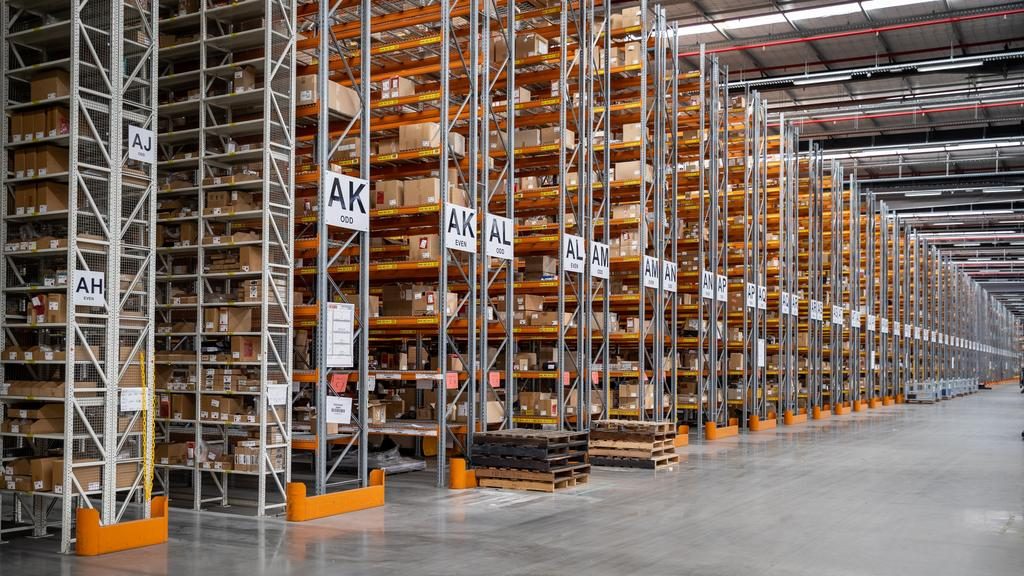
Super prime net face rents increased 1.6 per cent quarter-on-quarter across the country. Picture: Getty
Warehouse developers are on track to build more than three million sqm of new industrial space this year, well above the decade average of 1.77 million sqm per year, with even more new space expected next year.
But Ms Jalili noted that 60 per cent of this year’s supply pipeline was pre-committed, as well as more than a third of next year’s pipeline.
Additionally, she said there were doubts about how much of the new supply scheduled for completion next year would actually be delivered.
“I think there’s still an issue with supply coming into the market and that’s going to keep a lid on the vacancy rate over the next 12 months, and that’s what’s underwriting our rental growth forecasts,” Ms Jalili said.

